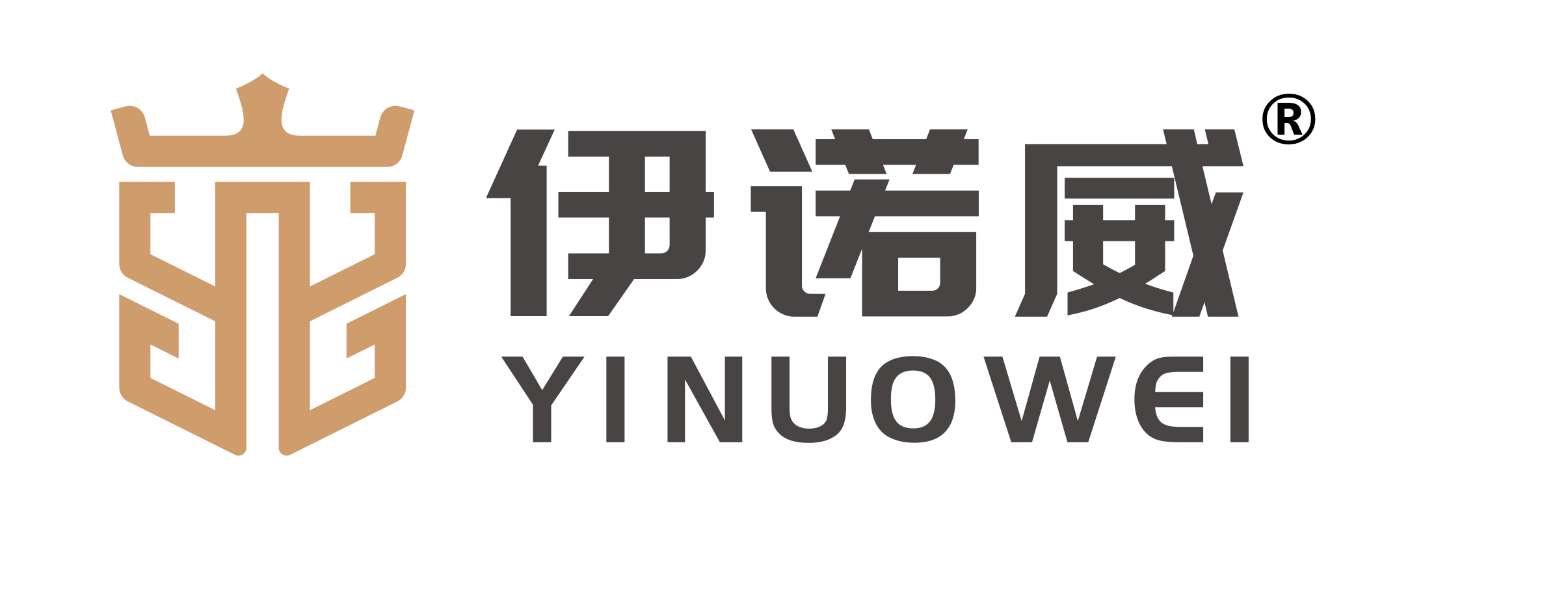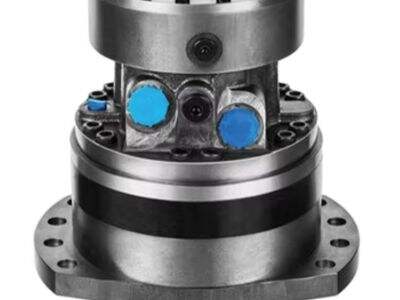So, what are hydraulic valves you might ask? Huge machines such as bulldozers, excavators, and cranes rely on them, and they are extremely critical components. These machines require hydraulic valves to manage the flow of fluids, like oil or water. These valves ensure that the proper amount of fluid reaches various components of the machine so that it operates as intended. But just like any other machine, hydraulic valves can sometimes develop issues, which prevent them from operating optimally. When this happens, it is important to find solutions to ensure they continue working effectively. This piece discusses several tips to optimize the performance of hydraulic valves and avoid breakdowns.
Maintaining the Smooth Operation of Hydraulic Valves
Hydraulic valves play an important role in hydraulic systems, and their smooth performance iscritical for the performance of the respective machine. Regular check ups of hydraulic valves not only ensure they are working properly but also help detect any issues. During these inspections, be sure to inspect the valve for cracks or wear that may cause the valve to operate poorly. Keeping inspection schedules and maintaining correct tools go a long way in treating the problem before it grows into a hill.
An additional key step is to maintain the valves clear. Over time, a few dirt, dust or debris can get built up in the valves, which is problematic. When the valves are dirty, fluid may not easily flow through, which can hinder or even halt the operation of the machine. Another thing is, cleaning the valves regularly will help the machine operate smoothly and the fluids to flow freely without any interruptions. This allows the machine to work at its optimum, ensuring that everything operates as it should.
Hydraulic Press Valve Leakage Repair
Once in a while, hydraulic valves may leak. But leaks bleed a good deal of energy and inefficiency into the system, which bodes ill for the machine and the ecosystem. A leak in the hydraulic system is to be observed and if so, it must be located and repaired immediately to avoid further damage.
Step 1 — Identify Where the Leak Is Coming From You can achieve this by inspecting the hydraulic lines and tracing them to their endpoints. Check for loose connections, broken seals or visible damage. You may then repair the valve or replace any broken components once you've identified the leak. Quickly fixing leaks ensures that the system runs as it should and prevents additional problems.
Improve the Effectiveness of Hydraulic Valves
Some simple methods can enhance performance of hydraulic valves. You can sell this easily by upgrading valves to superior, high-performance ones. These valves are built for high pressure and consist of stronger and better quality materials. High-performance valves have less wear and tear, and upgrading them will extend their lifecycle, resulting in better performance of the machine.
Another good tip is installing pressure gauges. These gauges show the system pressure at any given time, which provides an immediate visual representation of how it is working. The system also includes pressure monitoring, allowing operators to detect early signs of issues and prevent improper operation of the hydraulic system. This may help conserve energy and enhance machine intelligence.
Specialized compression fittings and valves with larger ball ports can further minimize fluid resistance. This will result in better efficiency of the hydraulic system as the fluid flows more easily, making the working of the hydraulic system easier and taking less energy to perform.
Tip to Avoid and Unjam Hydraulic Valves
The hydraulic valve may occasionally jam or get stuck as the foreign matter accumulates. When this occurs, fluid can accumulate and cause various other issues in your machine. So, how do you avoid these problems in the first place?
Keep the entire hydraulic system clean – A clean hydraulic system is the first step in rejuvenating a segment that is under stress, struggling to keep up with today’s demands. Routine cleaning prevents dirt and residue from collecting and creating blockages. Making sure that the hydraulic fluid that you obtain is of good quality and meets the specifications of your machine is also crucial. Using low-quality fluid can cause issues in the valves and in the system as a whole.
The hydraulic system should be regularly checks with maintenance as well. This might include draining dirty hydraulic fluid, and filling with new, high-quality oil. Changing your fluids regularly keeps the liquid clean and prevents clogs.
If your hydraulic valve does jam, cease use of the equipment. Using a machine with a jammed valve could cause further damage. Take the jammed valve apart very carefully and check for damage. Be sure to use an appropriate, manufacturer-supported guide to prevent further issues. Disassemble properly and you can find any cracks or fractures that may have occurred during operation. Once the valve is examined, each part can be repaired as needed, including replacing any broken parts, and you can put everything back together to do a final test on the hydraulic valve.
Preventative Steps for How to Maintain Hydraulic Valves
Hydraulic valves need to be maintained regularly for the smooth operation of the hydraulic system. Regular maintenance is one of the best ways to keep working properly. That encompasses tasks such as washing the valves, switching out the hydraulic fluid and replacing filters as required. Proper maintenance increases the function of hydraulic valves and assists the complete system to work perfectly.
Also ensure you review the owner manual of the hydraulic system. In this guide, you will learn how to maintain correctly. Manual Available: If JinJia manufactures the system, JinJia provides manual for troubleshooting, repair, and maintenance. By following these few guidelines, you will be able to perform any repairs or maintenance in a safe and effective manner.

 EN
EN
 AR
AR BG
BG CS
CS DA
DA NL
NL FI
FI FR
FR DE
DE HI
HI IT
IT JA
JA KO
KO PL
PL PT
PT RU
RU ES
ES SV
SV TL
TL IW
IW ID
ID SR
SR SK
SK SL
SL UK
UK VI
VI GL
GL MT
MT TH
TH TR
TR FA
FA AF
AF MS
MS GA
GA HY
HY EU
EU LA
LA MI
MI NE
NE MY
MY